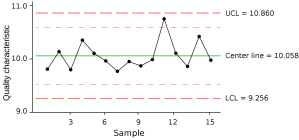In a paper published in the European Journal of Oncology, Professor John Bailar discusses how he thinks that although it is not often scientists directly lie, it is a common trait to mislead. They can do this without resorting to fraud or other direct lies.
The choice of the topic of the study is a big area. Bailar uses the example of the tobacco industry- their preferred method of lying is through the use of secret research. If the secret research shows a secondary one will not be harmful to the industry, only then are the results published.
Scientists are clever humans and know how to frame a question that will allow them to reach a pre-determined outcome. A study can also be put into the hands of a person adept at interpreting results in certain ways. Most scientists have peers that are engaged in such methods of interpretation and can invite them to interpret their specific study.




